Today I’m going to give you a weight loss meal plan and grocery list.
I’m going to take all of the guesswork out of what you should eat, what you should buy, and why. I’m going to single-handedly give you the most powerful meal plan for fat loss and give you my most well-kept fat loss secrets.
The only thing I ask of you is to read all the way through and don’t skip a single sentence. Research shows that if you skip a single sentence your chances of losing and gaining back the same 20 pounds for the next several years is highly likely.
Got me? Cool. Let’s go.
Weight Loss Meal Plan and Grocery List
If you’re new here, my name’s Jeff. Everyone calls me Cobra (no one calls me that).
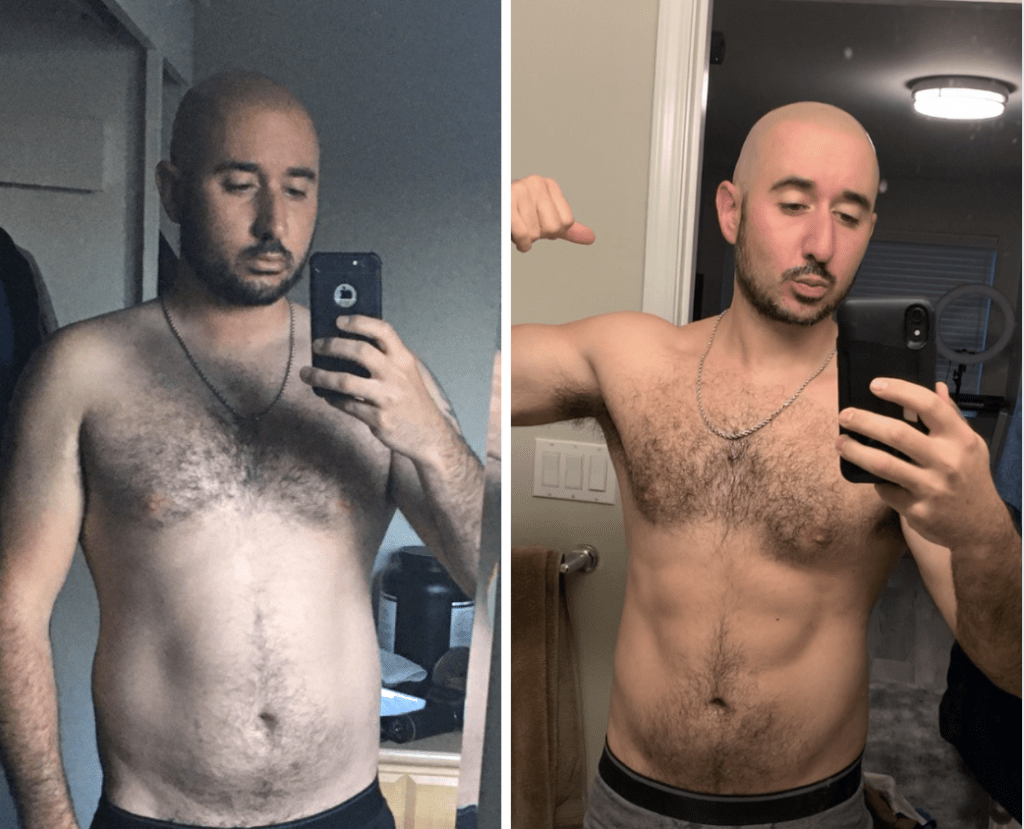
I’m an extremely hairy, half-Jewish, half-Italian man who loves making delicious recipes and cuddling chonky golden retriever puppies.

This is Melo. He’s looking at me like that because he chewed up my favorite houseplant.
A good amount of my 20’s was spent chasing a lean aesthetic physique, and after trying and failing time after time, I’m happy to say that I have achieved that, and have been fortunate enough to help others do the same.
Like Carissa, from Seattle, who joined my online coaching program about a year ago. Carissa has been super consistent while traveling for work, living in hotels, and Airbnb’s. She’s been able to stick to the plan with whatever life throws at her.

Davie, who lives in North Carolina, was in my coaching program for about 6 months. He crushed every single workout and was absolutely dialed with his nutrition. Davie is a fellow goofball, and his sense of humor during our check-ins always made it fun.
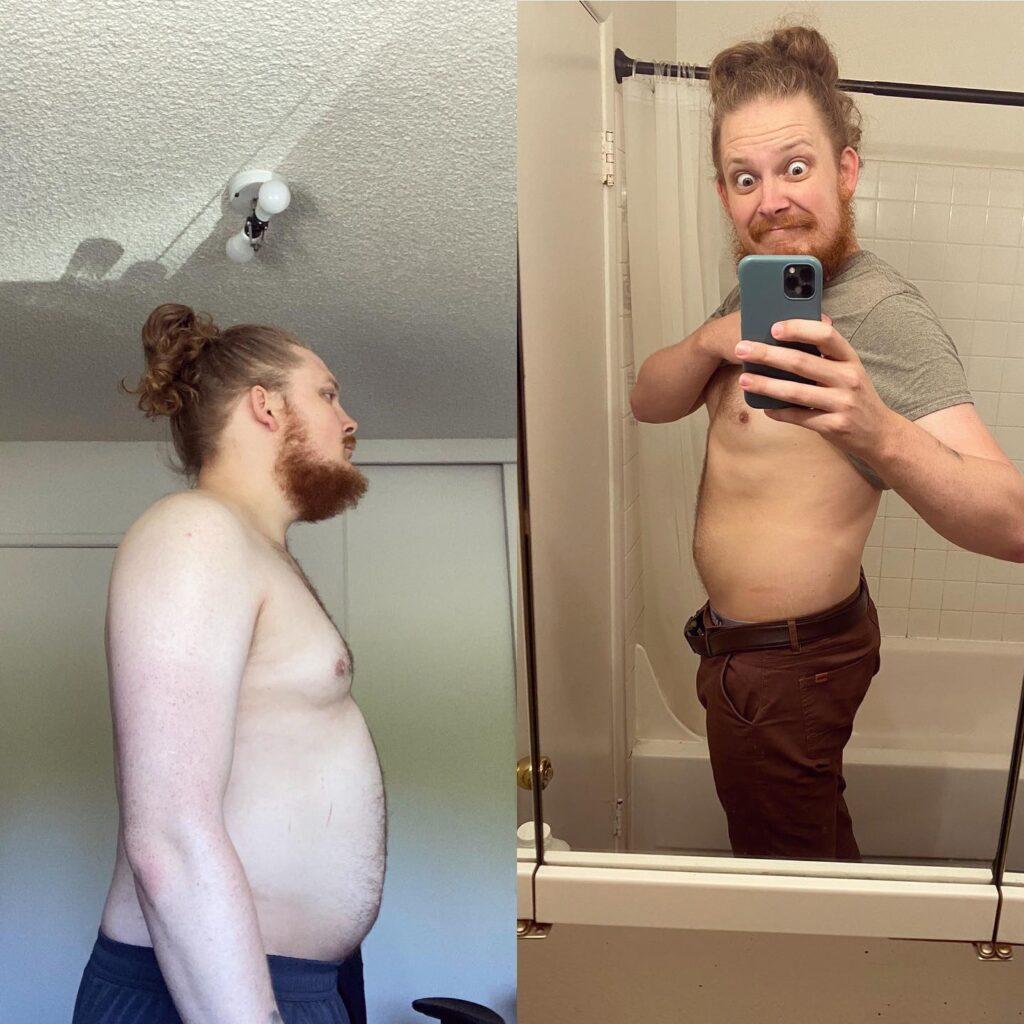
Talie from Oregon has worked with me for over 2 years now, and as you can see, she put in the work.
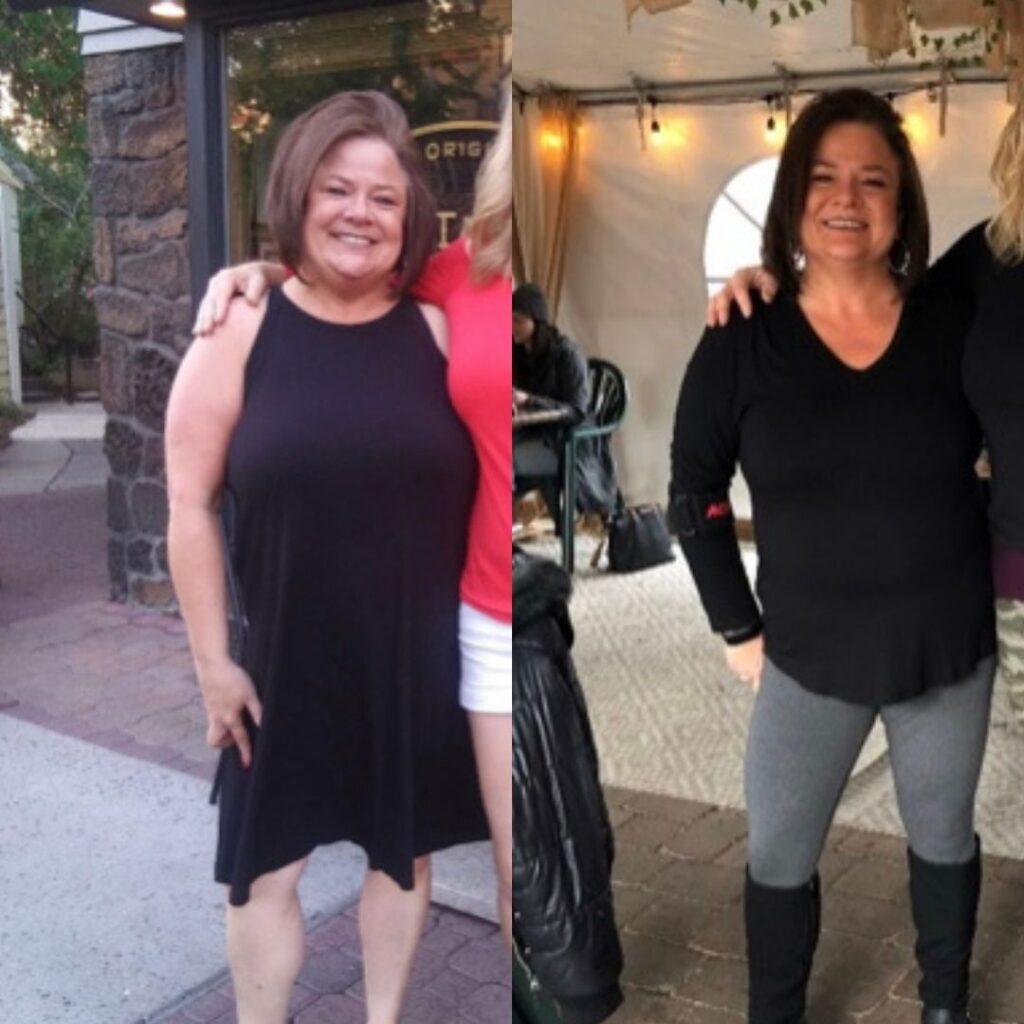
I’m showing you all of these success stories not to brag about myself as a coach, but to show you what’s truly possible. Using the principles outlined in my meal plan for weight loss, you can get results like these too.
If you want to check out more client success stories, CLICK HERE.
Weight Loss Meal Plan and Grocery List
“Okay, So What Do I Eat?”
The entire reason most people fail with weight loss is they think that they need to eat “clean” in order to lose weight or be healthy.
This couldn’t be further from the truth.
You don’t need to eat any special super healthy diet with kale, chia seeds, and whatever rare African berry Dr. Oz has been promoting lately.
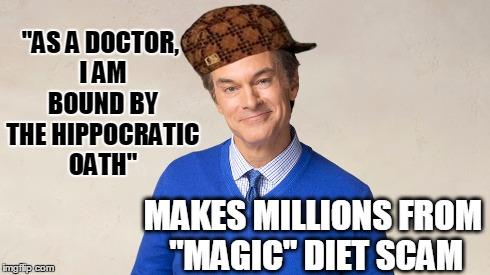
There’s no such thing as “good” food or “bad” food. I need you to understand this completely before we continue. You’re not a good person because you ate some kale. You’re not a bad person because you had some pizza.
When you attach a moral value to the food you eat, all of a sudden you feel guilty for enjoying foods that you love. We don’t want that. It creates an unhealthy narrative around food and makes losing weight very hard.
Your relationship with food comes first. Once that is healthy and you have a good perspective on nutrition, weight loss becomes a whole lot easier.
So what do you eat?
80% whole, nutrient-dense foods, and 20% foods you enjoy.
You should aim to get most of your calories from vegetables, fruits, and lean proteins, while the rest can come from whatever you like.
Now in order to lose weight, we need to talk about two magic words:
CALORIE DEFICIT.
All food contains energy. The energy contained in food is calories.
More energy going into your body means weight gain. More energy going out of your body means weight loss.
This doesn’t mean that we should be “burning off” the food we eat. Your body actually burns more calories at rest than you ever would doing glute kickbacks on a stair climber for hours. So you don’t need to do any special exercises either. It’s all about controlling the food going in.
Weight Loss Meal Plan and Grocery List
How To Create A Calorie Deficit
In order for weight loss to take place, we need to create an energy deficit. We can simplify this equation:
Calories in Vs. Calories out
Calories In
This equates to all the food and drinks that you ingest in a single day.
This is by far the part of the equation that we have the most control over, and in order to control this portion of the equation, we have to know how many calories we are eating.
This is where tracking calories come into play.
Before you start worrying about being “obsessive” or that you heard tracking calories doesn’t work…
It does work, and you can do it without being obsessive.
Allow me to introduce my friend Heather.
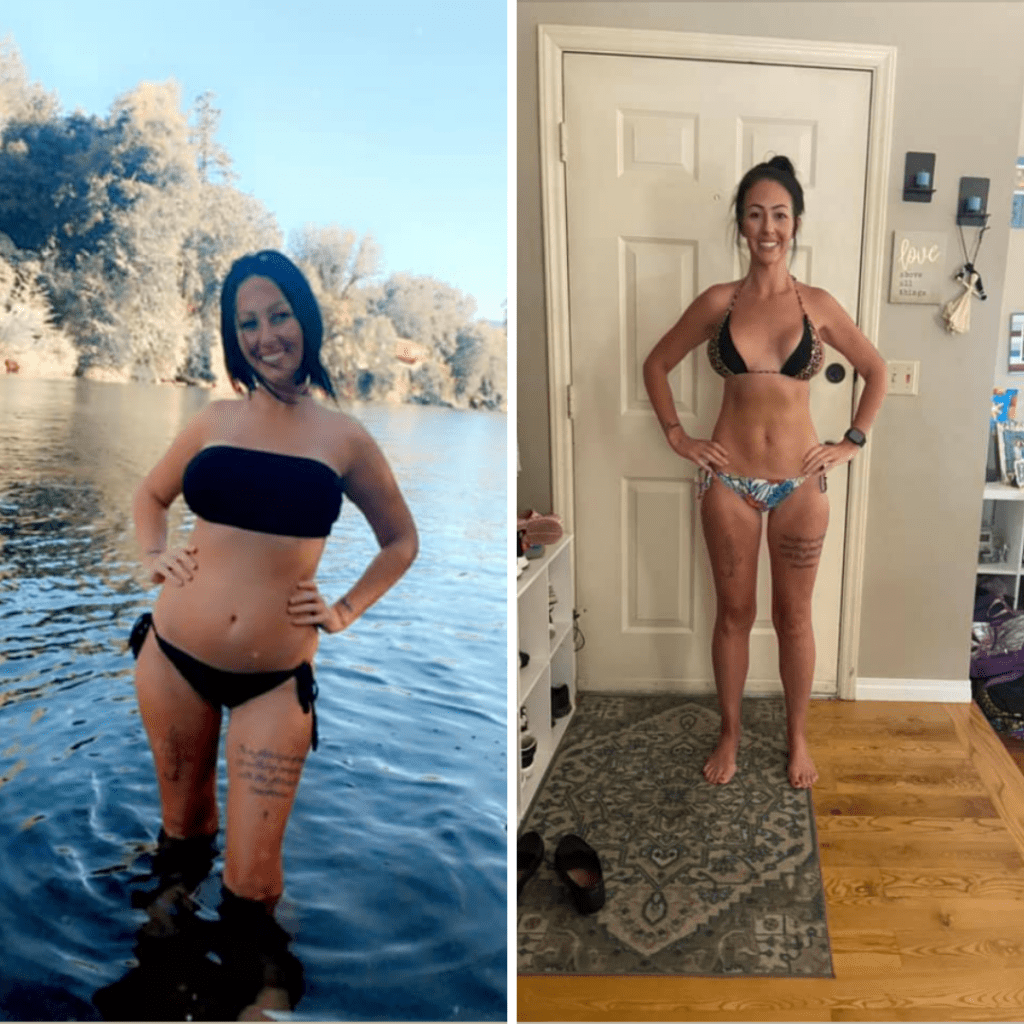
Heather is a very busy single mother with 5 kids. Yes, that’s right. FIVE.
When Heather came to me she was super frustrated. She felt like she was eating healthy, going to the gym 5+ times per week, and doing tons of cardio.
We got her started tracking calories so we could make sure she was in a calorie deficit, and boom she lost 3 pounds her first week.
She continued to drop body fat and gain muscle, so when the weight loss slowed down we weren’t worried. We could tell in her progress photos that she was making tremendous progress every single week. Her consistency and dedication to the process allowed her to get in the best shape of her life in 12 weeks.
Do you see? Even though she was exercising like crazy, she was most likely just still eating too many calories.
How to be accurate when tracking calories
Controlling the calories-in part of the equation is going to work, but you have to be accurate with your tracking.
A study from 2002 measured the accuracy of calorie reporting amongst dietitians and non-dietitians (1). The researchers took 10 female dietitians and 10 women of the same age and weight and had them all report their calories.
The dietitians underreported their calories on average by 223 calories per day. Whereas the non-dietitian group underreported by an average of 429 calories per day.
PS: 429 calories underestimated is enough to take most people out of their calorie deficit.
Here are a few suggestions that I give to clients:
1. Spend some time learning the skill. People who are the best at eating more intuitively have spent time tracking calories for several years.
2. Use a food scale to measure out your food in grams. This is the only way to be truly accurate and actually doesn’t take more time than using measuring cups.
3. Use a reliable food database such as Calorie King, and you will be much more accurate with your reporting. Myfitnesspal has so many entries for similar foods, so double-check some of the foods you regularly use with a reliable database. Using the barcode function in Myfitnesspal will also be pretty accurate as this is the manufacturer’s data.
4. Using the correct entries for raw or cooked foods. Weighing food raw is the most accurate way to input your calories, but it’s not always realistic. Check out this article: Should you weigh your food raw or cooked?
For more on this, watch this video:
Now that you understand how important tracking calories accurately is, I feel like we have covered most of the basics of calorie intake.
Let’s talk about the calories-out part of the equation.
Calories Out
I know it makes sense on paper that if you want to lose weight you should just move more, but you’re not actually burning as many calories as you think through exercise.
Some wearable and fitness trackers can be off by as much as 12-42% (2). This is a huge margin for error and will make your calculations for calories burned extremely inaccurate.
I will say this right now, and I’m only going to say this once:
STOP EATING BACK CALORIES BURNED.
It’s a surefire way to eat yourself right out of a calorie deficit.
The funny thing is, your body actually burns the most calories at rest. Your BMR actually makes up 70% of the calories you burn.
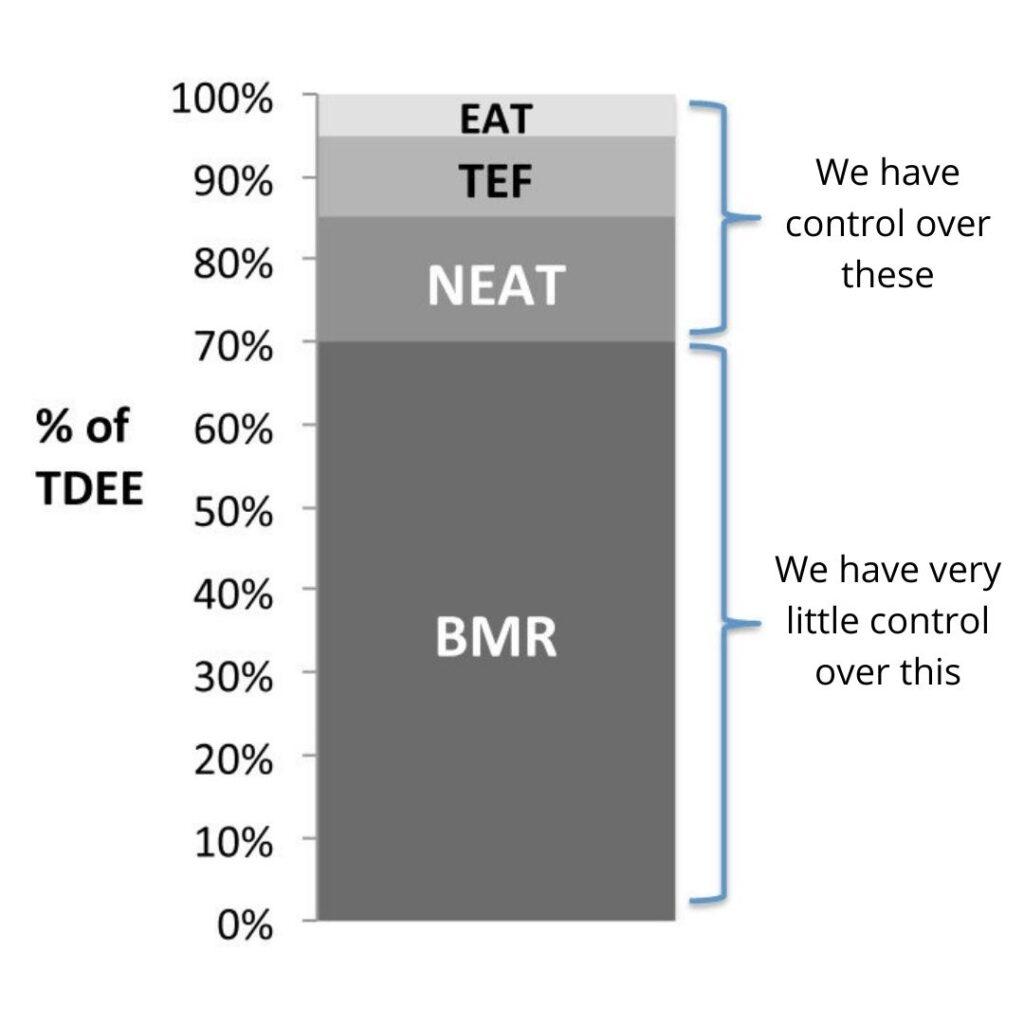
BMR
Your body burns a set amount of calories at rest. This is called your BMR or basal metabolic rate. This means that if you were to lay in bed all day, your body would still burn the majority of its calories while doing absolutely nothing. We don’t have much control over this number, so we don’t need to worry about it.
NEAT

NEAT or non-exercise activity makes up about 15% of the calories we burn daily. This is actually a variable that we can control, so it’s worth me talking about.
NEAT stands for Non-exercise Activity Thermogenesis, which is a fancy term to explain the amount of activity you get outside of the gym.
An easy way to track this and monitor it is to simply use a step tracker, and try to increase NEAT daily.
Somewhere between 7-10k steps per day is a great target for most people, but start wherever you can and increase over time.
Whenever a new coaching client is struggling with getting their steps in, I send them this list of ways to get them in:
- Park in the back of the store.
- Take the stairs instead of the elevator.
- Get a standing desk.
- 10 minute walk break from work.
- Walk to the store instead of driving
- Pace while you chat on the phone
- Fidget>Standing still
However you get it done, most people will see tremendous fat loss benefits from just walking for 30 minutes to an hour each day.
TEF
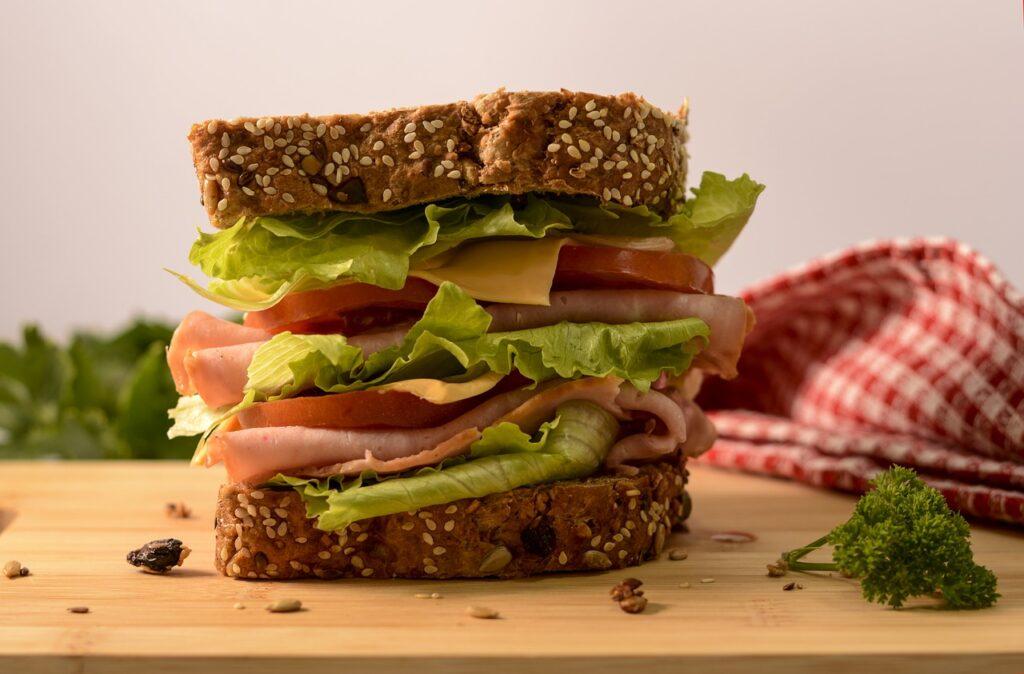
The thermic effect of food makes up about 10% of the calories we burn throughout the day. This may not seem like much, but this actually can play a big role in weight loss in the long term.
Your food choices will actually affect how many calories your body burns, and how many calories your body will actually absorb from the food you eat.
Protein has the highest thermic effect of food. Did you know that we only absorb around 70-85% of the calories we consume from protein?
So not only does a high-protein diet help with muscle retention during fat loss, but it also helps you burn more calories. Cool huh?
Regardless of the TEF of different foods, you still need to control your total calorie intake.
EAT

Exercise-activity thermogenesis is the calories that we burn from exercise. This only makes up 5% of the total calories we burn throughout the day.
I never recommend coaching clients to try to burn extra calories during their strength training sessions. I have seen some coaches keeping their client’s heart rates up, having them doing jumping jacks between sets, but it’s pretty pointless, to be honest.
The goal of strength training is to build muscle and strength, not burn calories. If I want to get my clients to burn more calories through activity, I may increase their steps or add in a few cardio sessions per week in combination with making adjustments to their nutrition.
When I am working with clients online, I make sure that they are using appropriate rest times and progressively adding more weight or reps to their lifts each week.
After all, the more muscle you have, the more calories your body burns at rest, and this means getting lean and staying lean will be a lot easier with more muscle tissue.
As you can see, the calories-out portion of the equation is not nearly as important as the calories-in. We can still control our daily steps and get our NEAT up as much as possible to burn some extra calories and make sure we are staying active.
Weight Loss Meal Plan and Grocery List
How Many Calories Should You Eat?
So now you know there are no magical “Fat Loss Foods”, but how do you figure out how many calories you should be eating?
I want you to grab a copy of my free calorie calculator and use one of those equations. Doesn’t matter which one. You will find out EXACTLY how many calories you should be eating for fat loss and how to go about calculating them.
Don’t overthink this.
You can enter your information into any calorie calculator online, but you won’t know if it’s actually working until you take action.
Weight Loss Meal Plan and Grocery List
What Foods Should You Emphasize?
When it comes to nutrition, I don’t want you to think about foods you need to cut out. Rather, I want you to focus on foods you should be adding in.
PROTEIN
I have written so much about the benefits of protein, but it seems like people still don’t understand how important it is. Especially for fat loss. Here are 3 reasons you should be eating more protein:
- Protein has the highest Thermic Effect of Food (That fancy word I talked about earlier). In short, you will be way more energy digesting protein than you will equal portions of carbohydrates or fats. This makes it very convenient for fat loss, because you literally only absorb about 70-85% of the calories.
- It is the most satiating macronutrient. I know ketotarians are probably freaking out right now. Listen Keto Karen, fats are important but protein is the primary player. It keeps you the fullest for the longest. More protein = less hunger. Less hunger = easier fat loss phase.
- It is the only macronutrient that helps you build and maintain muscle. This is important because the more muscle you hold onto while dieting, the more muscle tone you will have. Also, the more muscle you have, the more calories you will burn at rest. Don’t worry ladies, you won’t look like a female bodybuilder if you pack on some muscle. It takes literally decades and lots of other special “supplements” to look like that.
Here’s my cheatsheet for high-quality protein sources:








How much protein should you eat?
I would aim for around 0.8-1g per pound of goal body weight.
This will give you a range, and as long as you are close to it, you are good to go.
If this seems like a lot, start small and increase over time.
PS: You are going to be really full if you have never eaten this much protein, and it may take some time to get used to.
If you wanna check out some of the greatest-tasting grass-fed whey protein on the market check out Legion. Use code Jeff for 20% off your entire first order.
Fruits and Vegetables
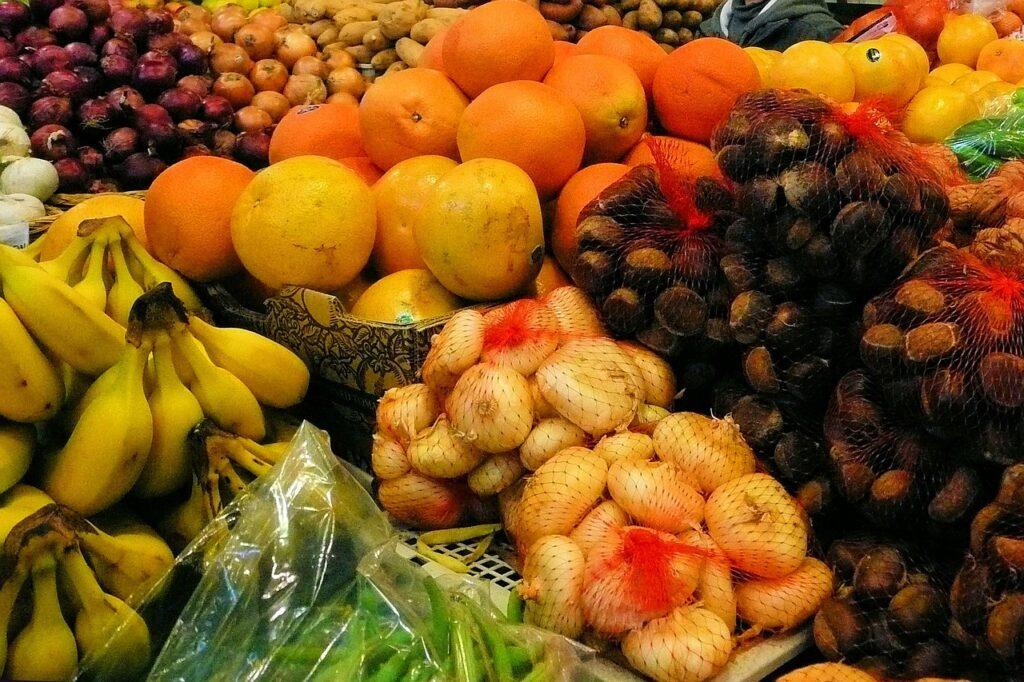
Yes. You heard it here first (not really). There’s really not much need to go into detail here.
The majority of your diet should consist of a variety of fruits and vegetables. Not only will this make sure that you are getting your micronutrients (vitamins and minerals), but you will be getting plenty of fiber.
Not to mention, they are lower in calories and higher in volume than any food on the planet. (You can eat over a pound of watermelon for less than 150 calories.)
Here are a few of my favorites:
Broccoli, Brussel sprouts, mangoes, peaches, blueberries, asparagus, mushrooms, onions, peppers, pineapple, and strawberries as they are all low in calories and super filling.
Zero-Calorie Drinks
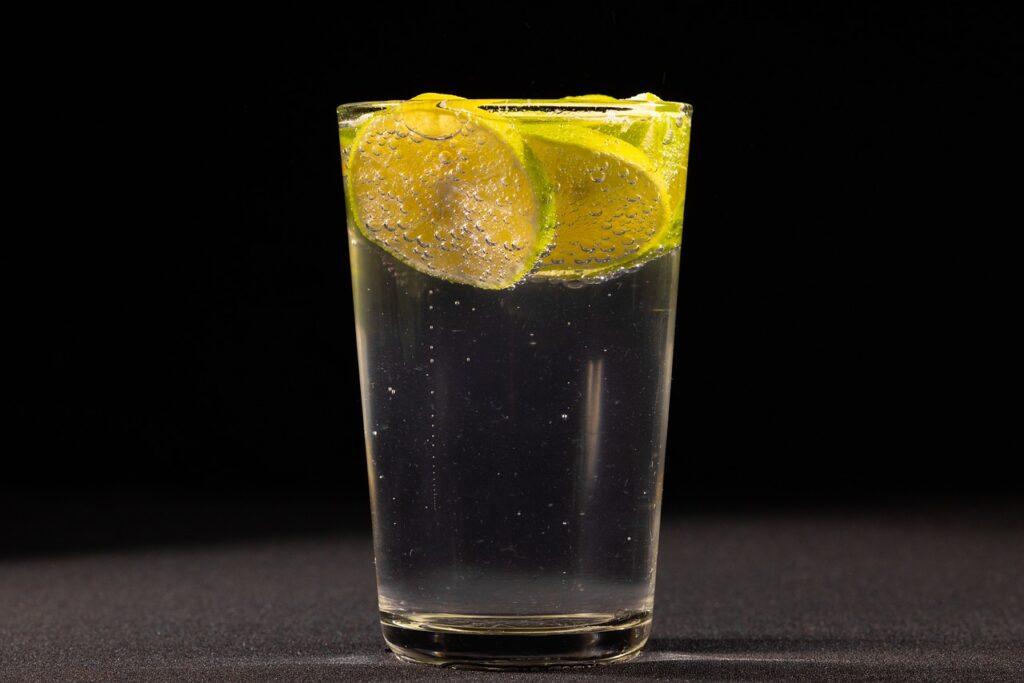
Water, coffee, tea, seltzer, and diet sodas can and should be included daily in your meal plan for weight loss. The benefits of having that volume in your stomach shouldn’t be overlooked, and it can be the difference between you struggling and cruising along in your calorie deficit.
Weight Loss Meal Plan and Grocery List
When Should I Eat?
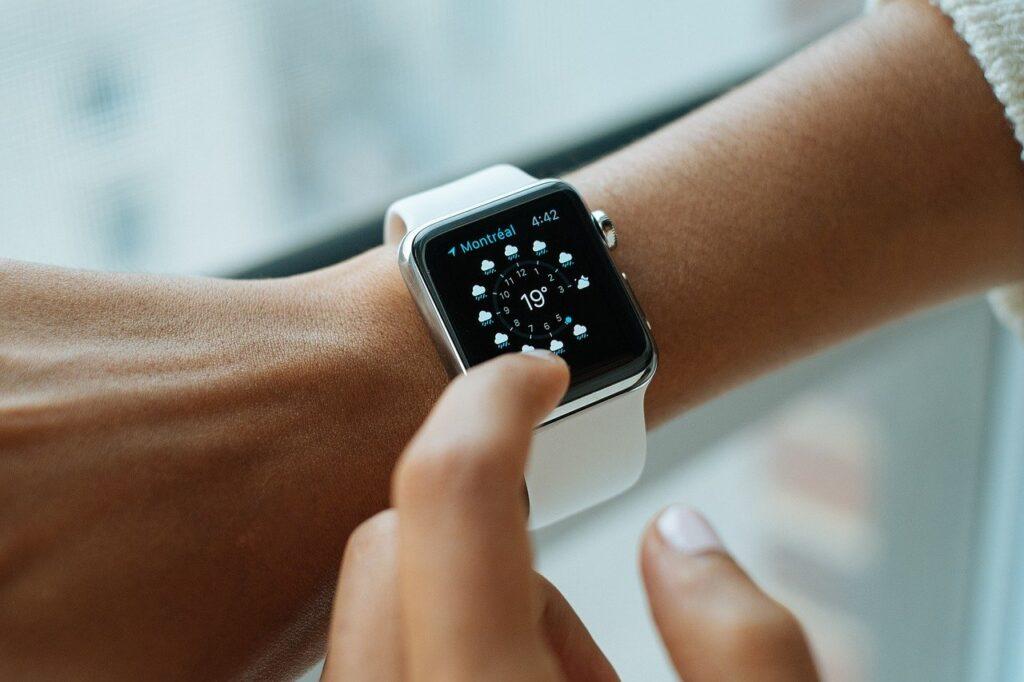
8 am- breakfast
10 am- snack
12 pm- lunch
Wait a minute…
I’m not going to tell you when you should be eating.
It actually doesn’t matter. At all. You can eat all of your calories at 8 pm, or you can eat 8 small meals per day. Your results will be exactly the same. (4)
Weight Loss Meal Plan and Grocery List
So where’s the weight loss meal plan and grocery list?
The best meal plan is what you can stick with consistently for a very long period of time.
It should be entered around foods you actually enjoy, throw in some fruits and veggies, some protein, and stay within your calorie target, and you are good to go.
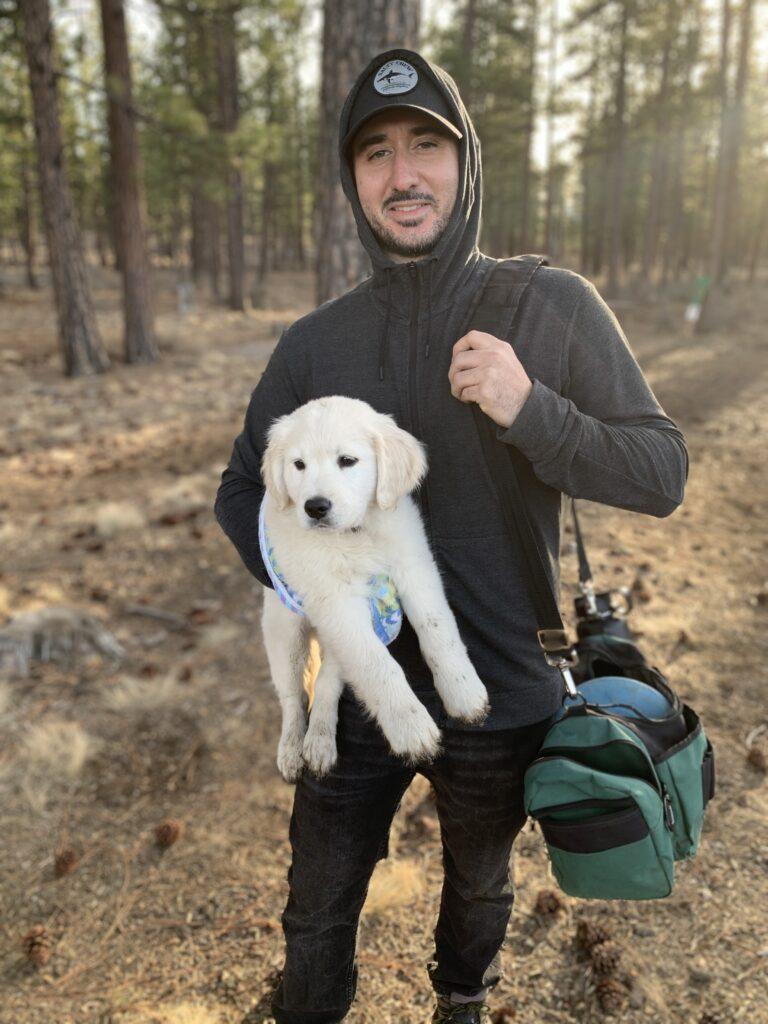
Want more fat loss articles? Join my newsletter HERE
Want to apply for my 1-1 online coaching program? Click Here
Talk soon.
And thank you so much for reading 🙂
-Jeff
- Champagne CM, Bray GA, Kurtz AA, Monteiro JB, Tucker E, Volaufova J, Delany JP. Energy intake and energy expenditure: a controlled study comparing dietitians and non-dietitians. J Am Diet Assoc. 2002 Oct;102(10):1428-32. doi: 10.1016/s0002-8223(02)90316-0. PMID: 12396160.
- Shcherbina, A.; Mattsson, C.M.; Waggott, D.; Salisbury, H.; Christle, J.W.; Hastie, T.; Wheeler, M.T.; Ashley, E.A. Accuracy in Wrist-Worn, Sensor-Based Measurements of Heart Rate and Energy Expenditure in a Diverse Cohort. J. Pers. Med. 2017, 7, 3. https://doi.org/10.3390/jpm7020003
- Calcagno M, Kahleova H, Alwarith J, Burgess NN, Flores RA, Busta ML, Barnard ND. The Thermic Effect of Food: A Review. J Am Coll Nutr. 2019 Aug;38(6):547-551. doi: 10.1080/07315724.2018.1552544. Epub 2019 Apr 25. PMID: 31021710.
- Bellisle F, McDevitt R, Prentice AM. Meal frequency and energy balance. Br J Nutr. 1997 Apr;77 Suppl 1:S57-70. doi: 10.1079/bjn19970104. PMID: 9155494.

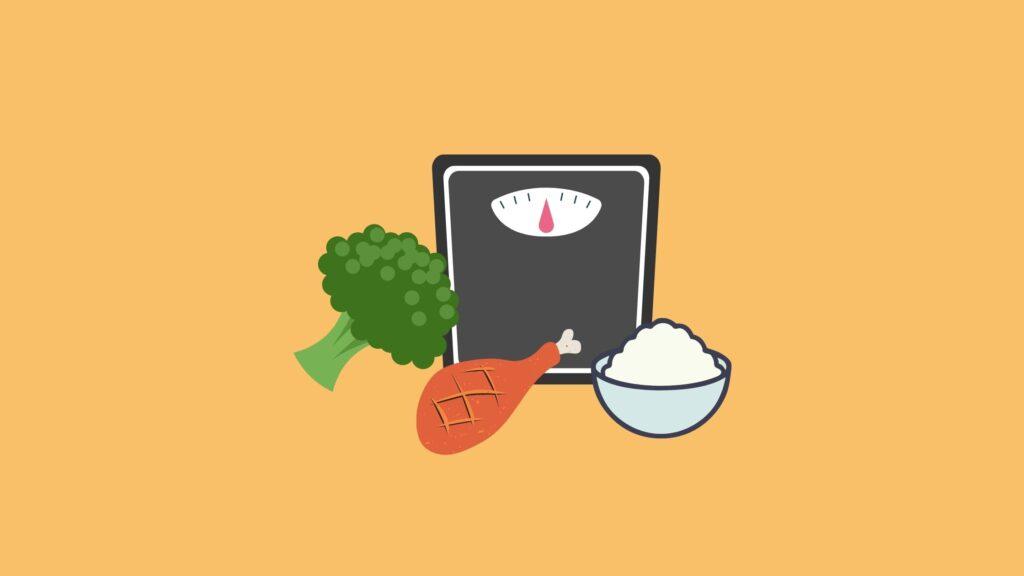
I get between 10,000 and 12,000 steps in a day at work. I work 3 – 4 days a week. Should I still strive for that amount on my off days?
Depends on your specific goals, but I would say maybe take a little bit of a step reduction on your training days